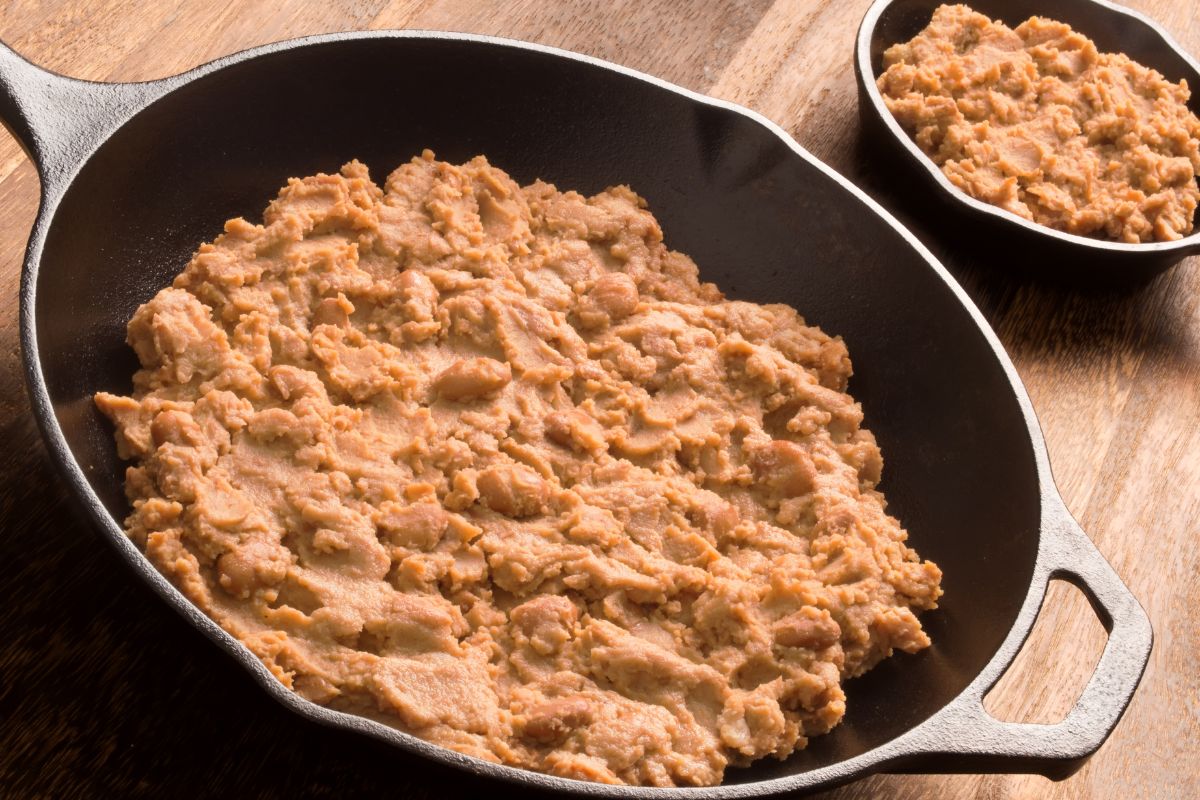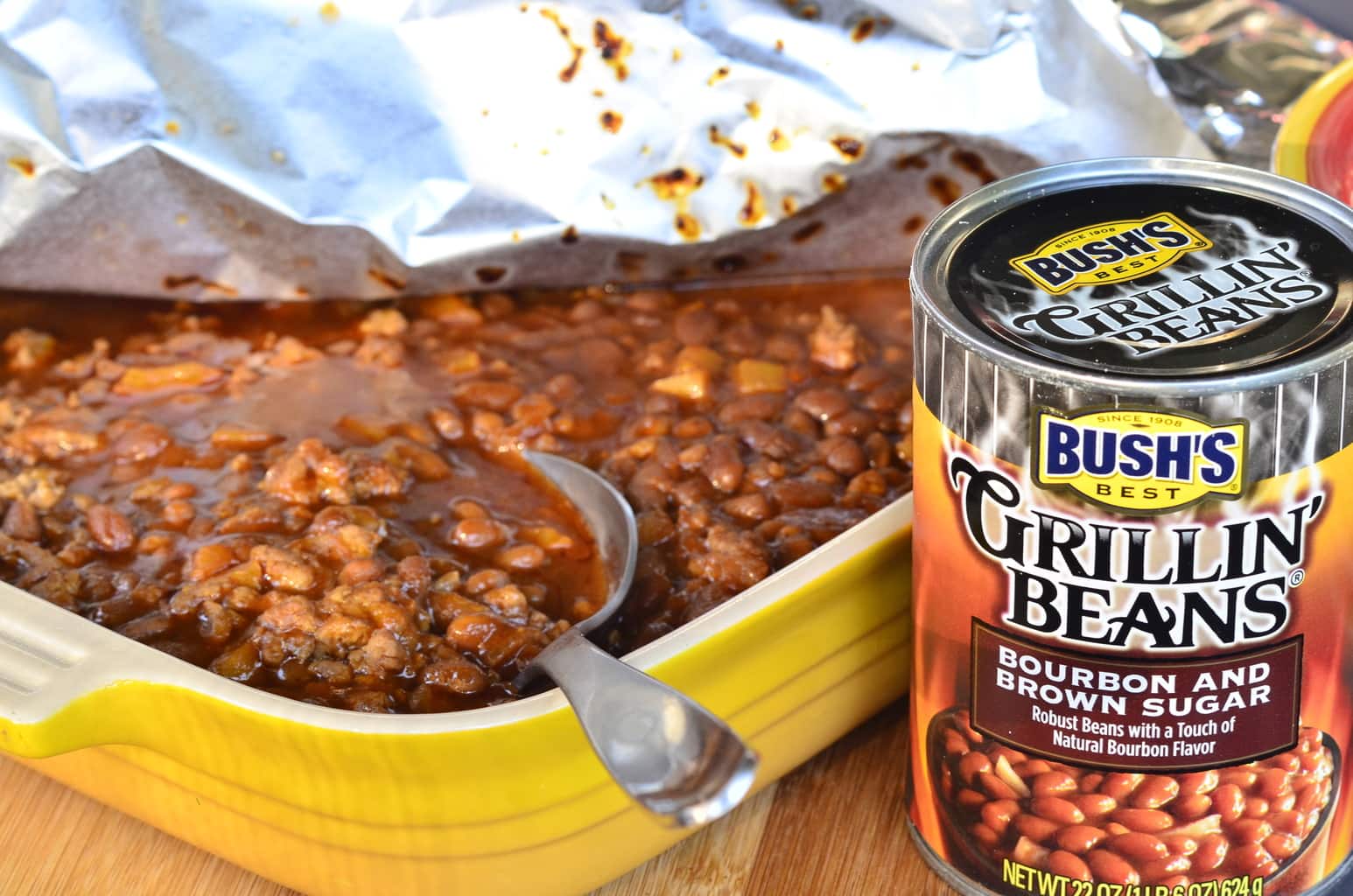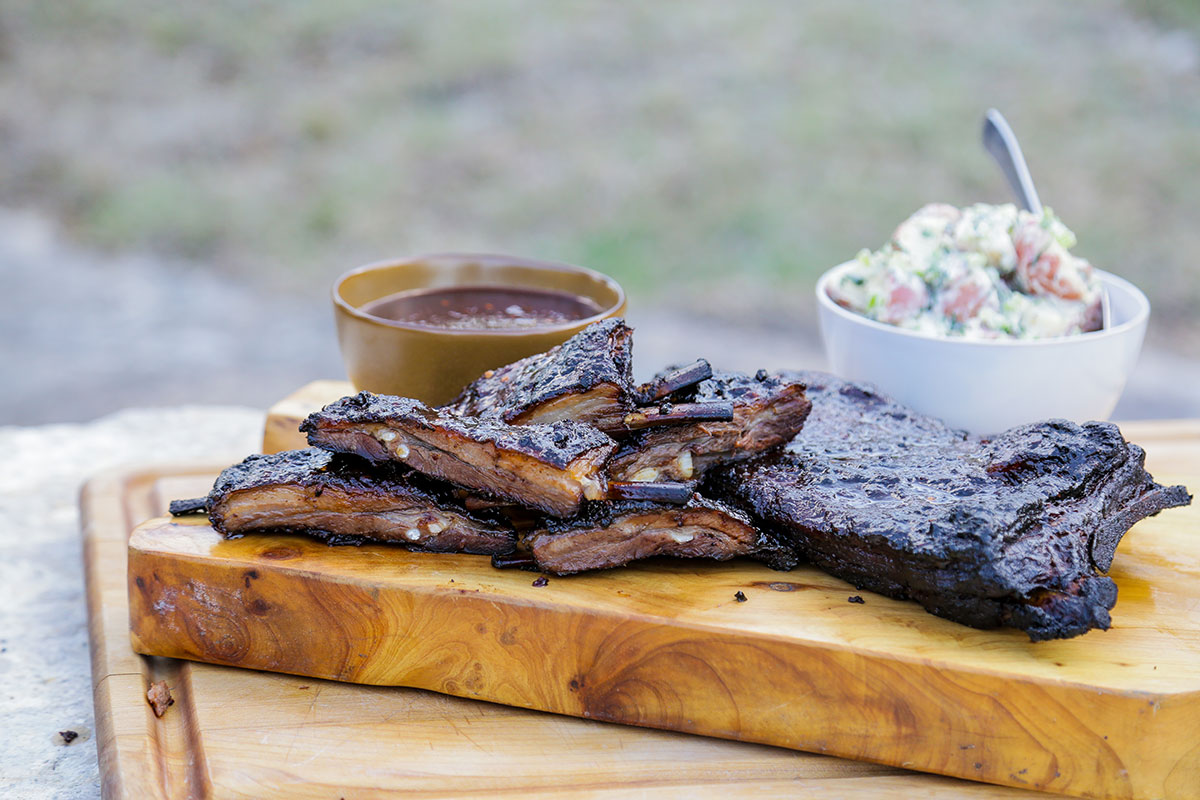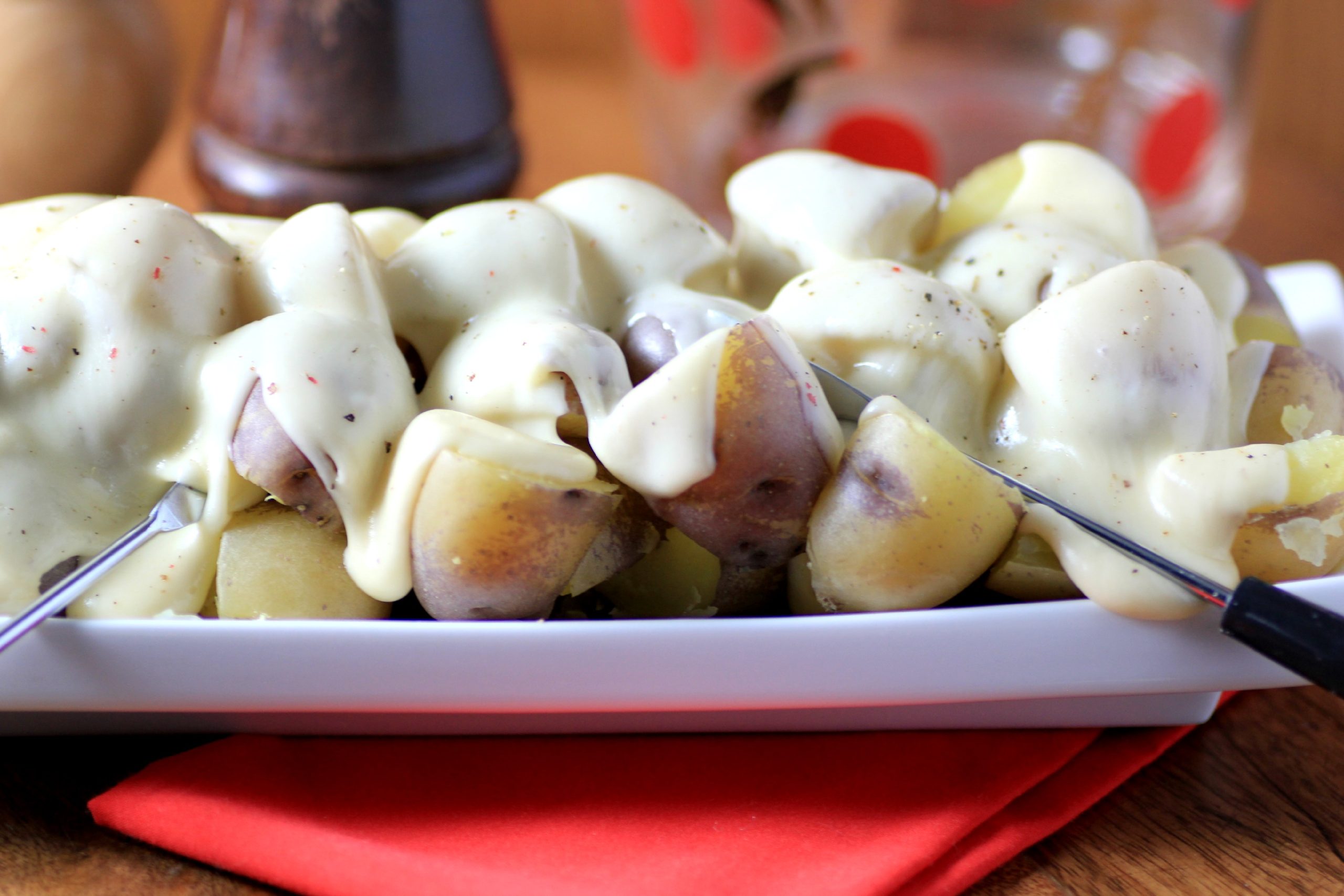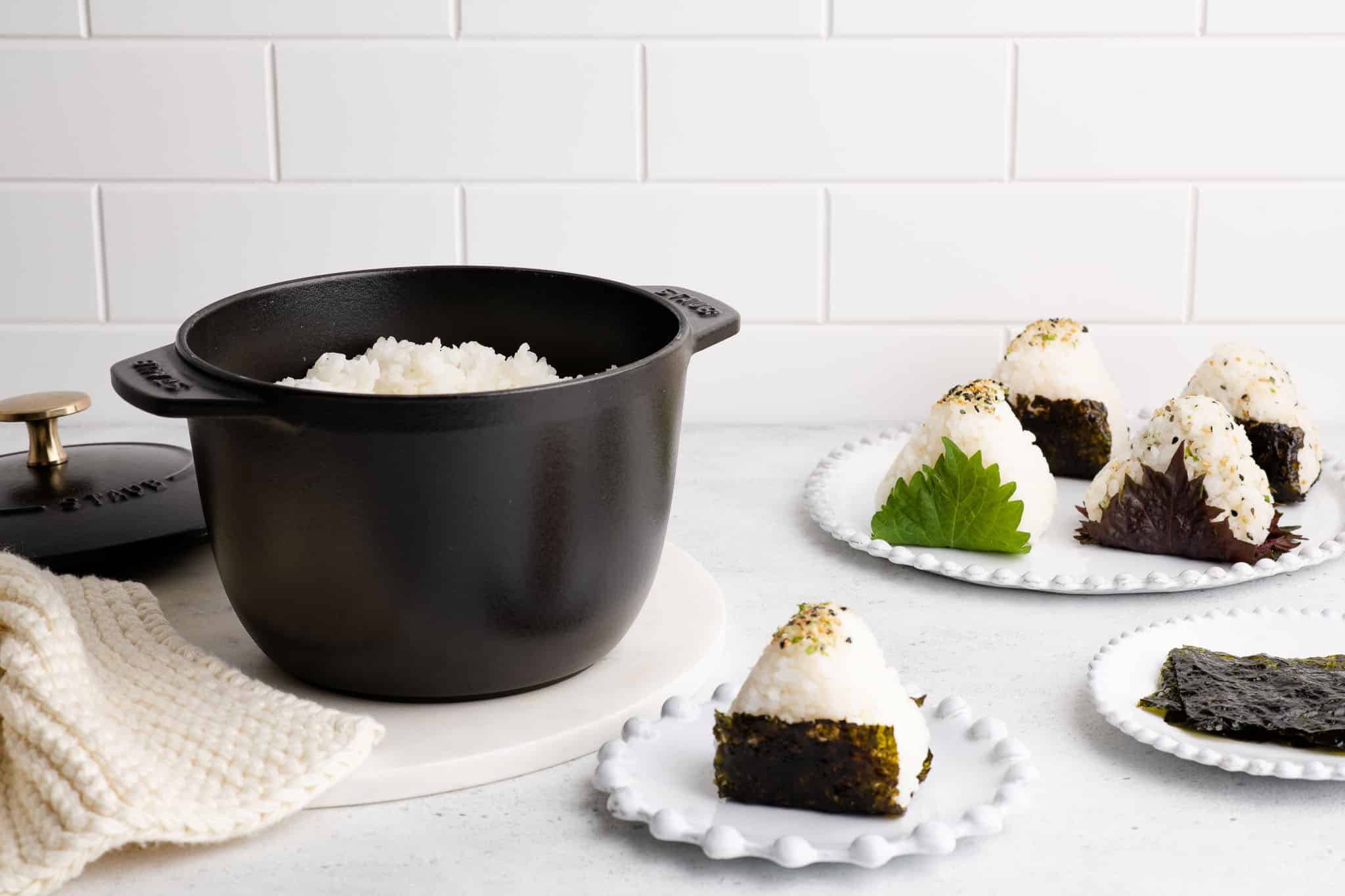Unlocking the Culinary Delights of White Fungus
Are you ready to embark on a gastronomical adventure? Look no further than the humble white fungus. With its delicate taste and numerous health benefits, this edible mushroom has been a staple in Asian cuisine for centuries. In this article, we will guide you on how to unleash the full potential of white fungus in your cooking.
Understanding White Fungus
Before we dive into the culinary realm, let’s get acquainted with the star ingredient – white fungus, scientifically known as Tremella fuciformis. This edible mushroom is commonly found in tropical and subtropical areas. It has a gelatinous texture and a subtle, almost tasteless flavor, making it an excellent addition to various dishes.
Health Benefits of White Fungus
In addition to its culinary appeal, white fungus is also renowned for its many health benefits. Rich in dietary fiber and low in calories, it can aid in digestion and support weight management. This fungi powerhouse is also a natural source of antioxidants, which help combat free radicals and promote overall well-being.
- Boosts Immunity: White fungus contains polysaccharides that can fortify your immune system, reducing the risk of illnesses.
- Improves Skin Health: The presence of collagen in white fungus helps in maintaining skin elasticity and reducing the signs of aging.
- Enhances Respiratory Health: With its moisturizing properties, white fungus can alleviate coughs, soothe a sore throat, and ease respiratory conditions.
Step-by-Step Guide to Cooking with White Fungus
Now that we know the incredible benefits of white fungus, let’s explore some delightful ways to incorporate it into your cooking:
- Simple White Fungus Soup: Start by soaking the dried white fungus in cold water until it softens. Next, rinse it thoroughly and remove any impurities. Boil chicken or vegetable broth and add the white fungus, along with your choice of ingredients like carrots, mushrooms, and tofu. Cook until the fungus turns translucent and soft, and season with salt and pepper to taste.
- Nutritious White Fungus Salad: Soak and rinse the white fungus as mentioned before. Blanch it briefly in boiling water, then cool it down. Combine the fungus with fresh cucumber, bell peppers, and cherry tomatoes. Dress the salad with a tangy vinaigrette made from lemon juice, olive oil, honey, and a hint of ginger. Sprinkle some toasted sesame seeds on top for added crunch.
- Delicate White Fungus Dessert: For those craving a sweet treat, try making a white fungus dessert soup. Soak the fungus until soft and rinse well. Boil it in water along with rock sugar, red dates, and pandan leaves for added fragrance. Once the fungus turns translucent and the flavors blend, serve the dessert warm or chilled. Feel free to experiment with additional ingredients like coconut milk or fresh fruits.
Remember, these are just a few examples to get you started. White fungus can be a versatile ingredient in both savory and sweet dishes, so don’t be afraid to unleash your creativity in the kitchen!
Conclusion
Now that you have unlocked the secrets of cooking with white fungus, it’s time to spice up your culinary repertoire. Whether you prefer it in soups, salads, or desserts, this nutritious and versatile mushroom is sure to elevate your dishes to new heights. So go ahead, embrace the culinary adventure and let the delicate flavor and health benefits of white fungus shine in your cooking!
More Delicious White Fungus Recipes to Try
For those keen to master the art of cooking white fungus, the article provides an array of recipes designed to enhance culinary skills. Readers might start with the simple yet delightful Traditional Chinese White Fungus Soup Recipe, perfect for beginners. For a more adventurous kitchen endeavor, the White Fungus and Chicken Stir-Fry Recipe offers a savory exploration of flavors. Health enthusiasts should not miss the Healthy White Fungus and Mixed Vegetable Salad Recipe, which combines nutritional benefits with culinary pleasure. Each recipe is crafted to help readers utilize their white fungus cooking skills effectively, with these recommendations tailored to various tastes and dietary preferences.
Was this page helpful?
Read Next: How To Cook Bacon On An Electric Griddle

